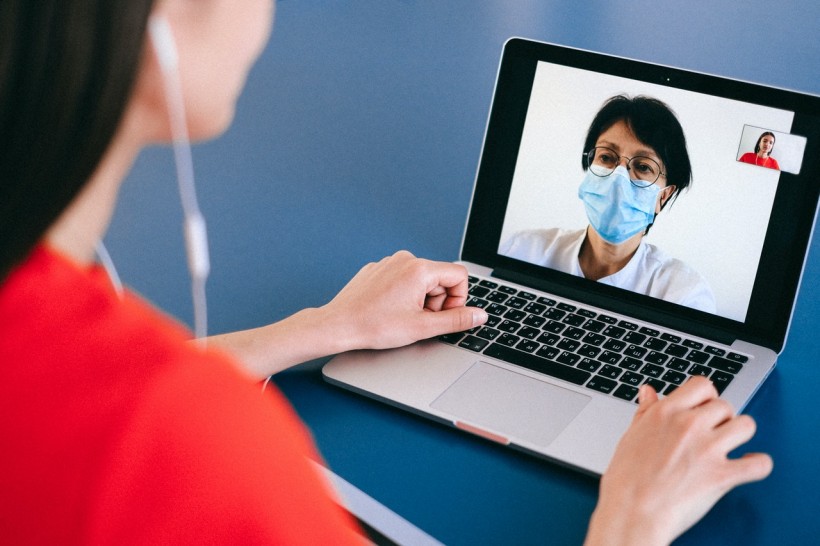Especially during COVID-19, there are a plethora of different businesses that have been making their way online to help not only stay relevant, but also stay present within their customer's lives.
For dentistry, however, it can be pretty difficult to do, with such a hands-on business. However, if you're like Great Hill Dental of the Boston area, you've been making leaps and bounds to adopt this new type of practice.
If your practice is considering teledentistry, then you'll find the following information quite informative for an overall guide.
What Is Teledentistry?
Although you most likely won't be making the full switch to virtual business, teledentistry can be a great way to branch your business into the future.
It helps give you a way for your practice to deliver remote dental care through virtual offices. With the COVID-19 pandemic, this has been a huge hit across the nation and the world.
Not a specific service, teledentistry refers more to the method to which the service is delivered. It gives the patient a way to receive services from a remote location-without actually being in your office.
For a dentist to take on this sort of service, they need to be sure they are within the compliance of the HIPAA regulations, which they should be doing within their practice in general.
For that to work, communication needs to be encrypted and the transfer of data needs to be safely transmitted.
If you're new to the concept of teledentistry, a simpler way to understand it would be to think about it as an extension of your actual physical office.
Why Choose Teledentistry?
Especially sixth COVID-19, there are a few benefits to extending your practice through the aspect of teledentistry.
For one, you are definitely able to treat and prescribe patients from afar, which helps promote the safety of both you and your patient. Although we are amid a pandemic at the moment, this can also be helpful if one of your patients has an immunodeficiency.
Secondly, promoting teledentistry within your practice helps reduce the time spent surrounding a visit to the dentist. From filling out patient obligatory forms online to commuting to the office and back home, teledentistry helps remove that time barrier.
Teledentistry can also be a great addition to your practice when it comes to money. Not only does it save you on costs on supplies-for example, masks and gloves (and of course, with a mask shortage around the world, that's really great news)!
With money, you'll also be investing in an additional stream of revenue. Just be moving routine post-op visits to a virtual setting, practices can experiment with a trial-and-error design as to which services can provide the most profitable revenue by moving online-and with all the benefits for both the practice and the client, it's a win-win.
How To Use Teledentistry In Your Practice
There are several ways to add teledentistry into your everyday practice. At first, you don't have to adopt all the different ways all at once!
Consider moving slowly into teledentistry, so both your staff and your patients become more and more comfortable with it.
Here are some unique ways to adopt teledentistry:
1. You can consult a "specialist" visit be sending digital impressions and using a virtual visit to eliminate that extra commute. The data delivered from one doctor to the other is also all-encrypted, which makes this exchange very safe.
2. You can answer any quick questions or review some basic patient monitoring through live video feed or pictures with your patient. You can then exchange question and answer information online.
3. You can make live video visits-like FaceTime dentistry. This means you can have a live video consultation with information being given from both sides.
Wrapping It Up
Of course, with every new type of service, you have to make sure that your patients and staff alike are both aware of these new possibilities. Although some of the older patients may prefer the traditional way, some may be leaning more toward remote dentistry because of mobility, driving or other health issues.
We hope this article has helped you learn about how you can incorporate teledentistry into your practice.
© 2024 NatureWorldNews.com All rights reserved. Do not reproduce without permission.




![Climate Change is Reducing Dust Levels Worldwide as Arctic Temperature Warms [Study]](https://1471793142.rsc.cdn77.org/data/thumbs/full/70320/280/157/50/40/climate-change-is-reducing-dust-levels-worldwide-as-arctic-temperature-warms-study.jpg)

